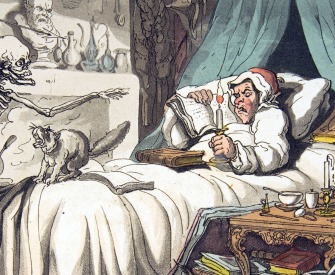It is forbidden:
1. To so neglect an animal in one’s ownership, care, or accommodation that it thereby experiences appreciable pain or appreciable damage;
2. To use an animal unnecessarily for what clearly exceeds its powers or causes it appreciable pain or which it—in consequence of its condition—is obviously not capable of;
3. To use an animal for demonstrations, filmmaking, spectacles, or other public events to the extent that these events cause the animal appreciable pain or appreciable damage to health;
4. To use a fragile, ill, overworked or old animal for which further life is a torment for any other purpose than to cause or procure a rapid, painless death;
5. To put out one’s domestic animal for the purpose of getting rid of it;
6. To set or test the power of dogs on cats, foxes, and other animals;
7. To shorten the ears or the tail of a dog over two weeks old. This is allowed if it is done with anesthesia;
8. To shorten the tail of a horse. This is allowed if it is to remedy a defect or illness of the tail and is done by a veterinarian and under anesthesia;
9. To perform a painful operation on an animal in an unprofessional manner or without anesthesia, or if anesthesia in a particular case is impossible according to veterinary standards;
10. To kill an animal on a farm for fur otherwise than with anesthesia or in a way that is, in any case, painless;
11. To force-feed fowl;
12. To tear out or separate the thighs of living frogs.
From a law on animal protection. Hitler passed Europe’s most comprehensive laws establishing the rights of animals. The Nazis viewed animal testing as an evil “Jewish science,” and so at Auschwitz in 1943 Dr. Josef Mengele began conducting his experiments on Jews and Gypsies instead of cats and dogs.
Back to Issue




